Riding out Hurricane Irma in Florida
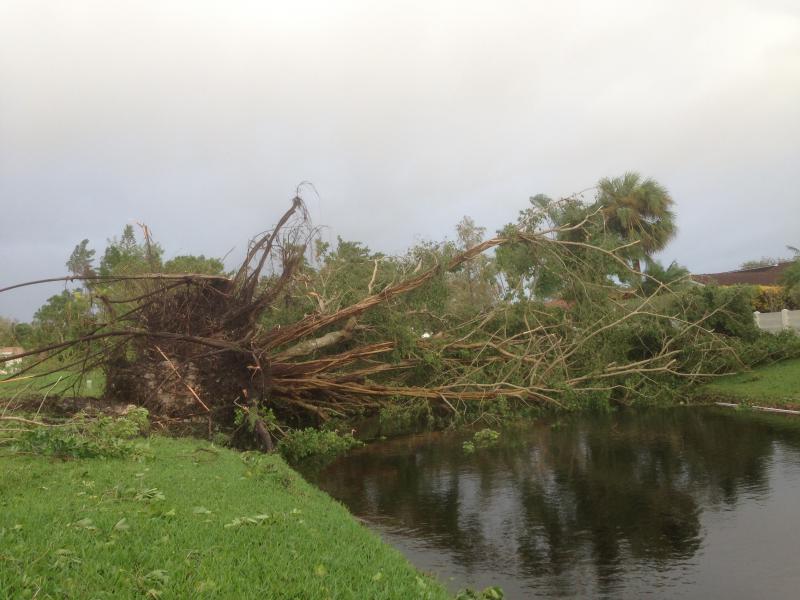 A tree ripped from the ground and knocked into a canal in Coral Springs, Florida. (Courtesy Bev Crain)
A tree ripped from the ground and knocked into a canal in Coral Springs, Florida. (Courtesy Bev Crain)
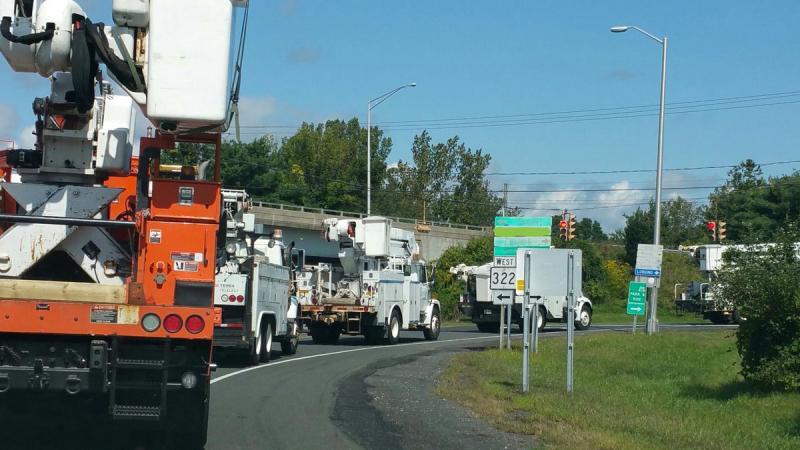 Central Maine Power trucks from Brunswick head to refuel in Connecticut en route to Florida. (Courtesy Jay Dobensky/Twitter)
Central Maine Power trucks from Brunswick head to refuel in Connecticut en route to Florida. (Courtesy Jay Dobensky/Twitter)
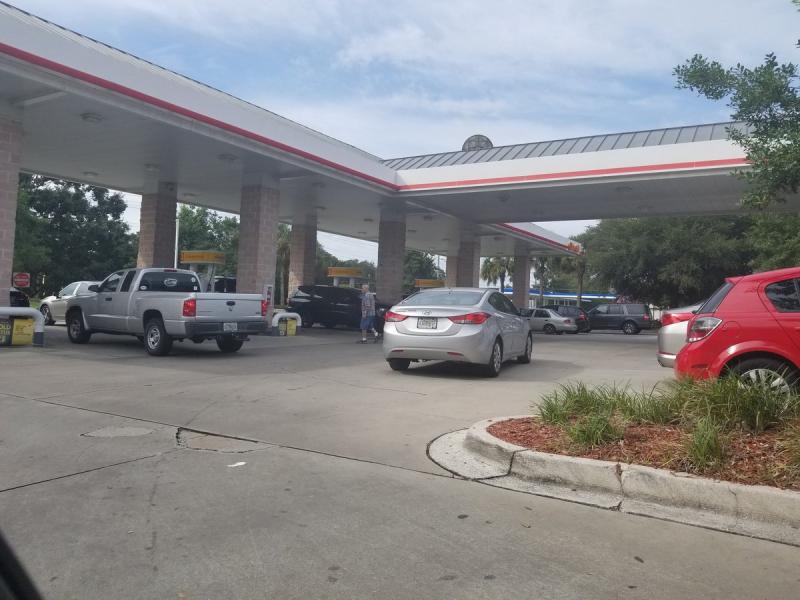 People gassed up cars Tuesday, Sept. 5 ahead of Hurricane Irma in Gainesville, Florida. (Courtesy Joshua Wilson)
People gassed up cars Tuesday, Sept. 5 ahead of Hurricane Irma in Gainesville, Florida. (Courtesy Joshua Wilson)
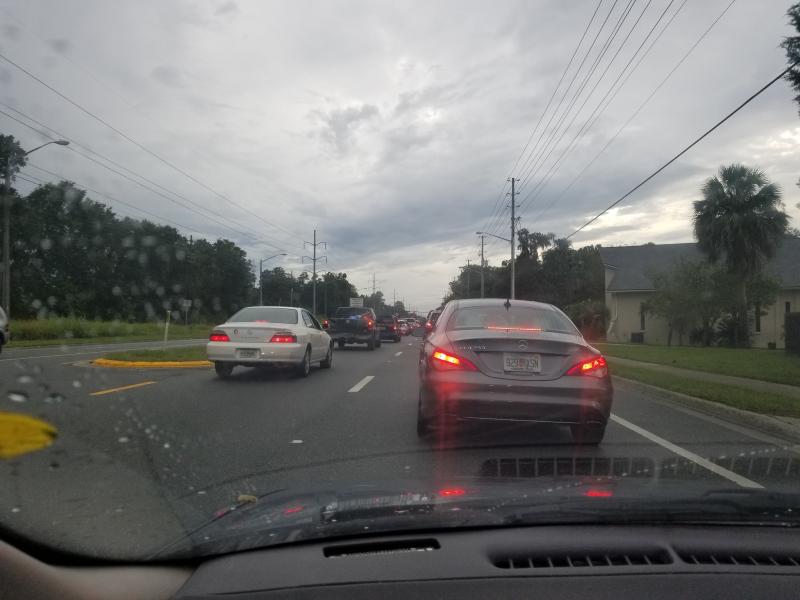 Cars that evacuated from South Florida to Gainesville, Florida ahead of Hurricane Irma. (Courtesy Joshua Wilson)
Cars that evacuated from South Florida to Gainesville, Florida ahead of Hurricane Irma. (Courtesy Joshua Wilson)
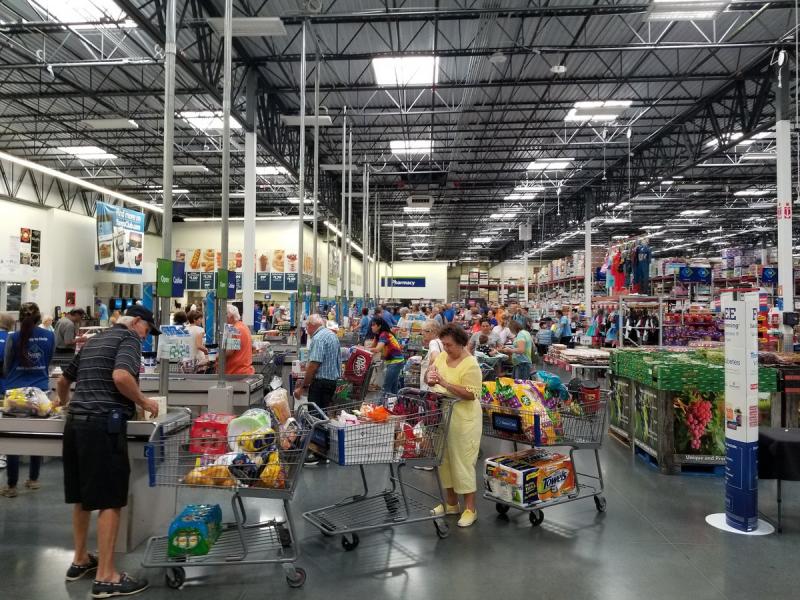 Long lines formed at a Sam’s Club Tuesday, Sept. 5 in Gainesville, Florida ahead of Hurricane Irma. (Courtesy Joshua Wilson)
Long lines formed at a Sam’s Club Tuesday, Sept. 5 in Gainesville, Florida ahead of Hurricane Irma. (Courtesy Joshua Wilson)
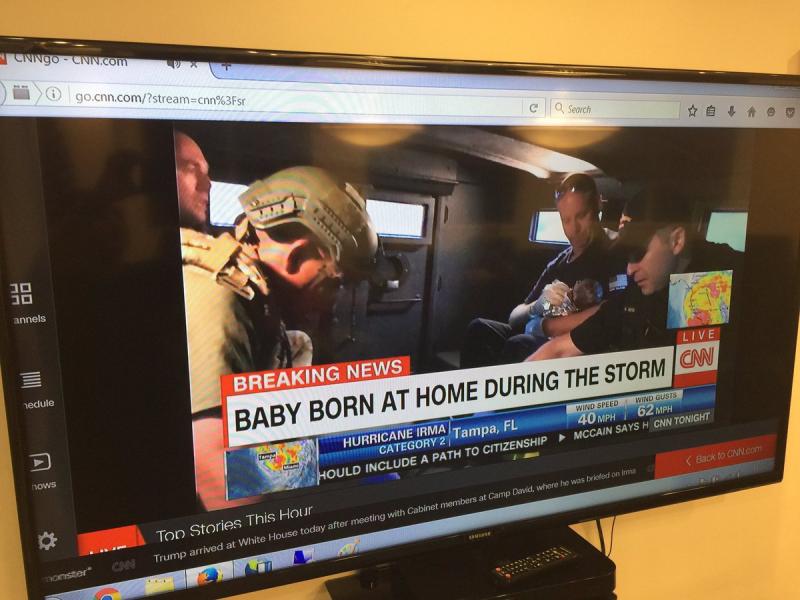 A photo of CNN reporting on the birth of a Coral Springs, Florida baby during Hurricane Irma. (Courtesy Dan Daley/Twitter)
A photo of CNN reporting on the birth of a Coral Springs, Florida baby during Hurricane Irma. (Courtesy Dan Daley/Twitter)
 A tree ripped from the ground and knocked into a canal in Coral Springs, Florida. (Courtesy Bev Crain)
A tree ripped from the ground and knocked into a canal in Coral Springs, Florida. (Courtesy Bev Crain)
 Central Maine Power trucks from Brunswick head to refuel in Connecticut en route to Florida. (Courtesy Jay Dobensky/Twitter)
Central Maine Power trucks from Brunswick head to refuel in Connecticut en route to Florida. (Courtesy Jay Dobensky/Twitter)
 People gassed up cars Tuesday, Sept. 5 ahead of Hurricane Irma in Gainesville, Florida. (Courtesy Joshua Wilson)
People gassed up cars Tuesday, Sept. 5 ahead of Hurricane Irma in Gainesville, Florida. (Courtesy Joshua Wilson)
 Cars that evacuated from South Florida to Gainesville, Florida ahead of Hurricane Irma. (Courtesy Joshua Wilson)
Cars that evacuated from South Florida to Gainesville, Florida ahead of Hurricane Irma. (Courtesy Joshua Wilson)
 Long lines formed at a Sam’s Club Tuesday, Sept. 5 in Gainesville, Florida ahead of Hurricane Irma. (Courtesy Joshua Wilson)
Long lines formed at a Sam’s Club Tuesday, Sept. 5 in Gainesville, Florida ahead of Hurricane Irma. (Courtesy Joshua Wilson)
 A photo of CNN reporting on the birth of a Coral Springs, Florida baby during Hurricane Irma. (Courtesy Dan Daley/Twitter)
A photo of CNN reporting on the birth of a Coral Springs, Florida baby during Hurricane Irma. (Courtesy Dan Daley/Twitter)
Hurricane Irma was the storm everyone knew about and attempted to prepare for, but unfortunately, the massive record-setting hurricane caught thousands in Southwestern Florida, including Naples and Tampa, off-guard with its sudden change in direction that lessened the impact to Southeastern Florida, including Fort Lauderdale and Miami.
As the storm heavily impacted several Caribbean islands, residents and tourists of on Florida’s east coast were left to either leave everything behind and flee, or stay behind and ride the storm out.
Thousands chose to flee to other the opposite coast, not knowing Irma’s eye would end up following them while others fled out-of-state to the other Southeastern states, Pennsylvania and even as far north as Maine. Meanwhile, thousands of others opted not to battle highway traffic jams and sold-out hotels and instead stayed at home. For many others, there only option was to ride the storm out due to a variety of reasons, including a lack of funds to flee.
Tornado warnings were in place left and right across South Florida by Saturday afternoon with some tornadoes even forming at times.
Curfews were enacted throughout the state and some schools had been closed since Wednesday, Sept. 6 while others have no plans to return until Monday, Sept. 18, at the earliest. Some schools will open far later than Sept. 18, with no opening date even being predicted.
Shelters were opened prior to the storm and quickly filled to capacity, forcing county officials to scramble to open additional shelters.
By the time the calendar changed from Saturday, Sept. 9 to Sunday, Sept. 10, Florida Power and Light reported all its customers in the Florida Keys without power. And that was before the hurricane even made landfall.
The once Category 5 hurricane slammed the Florida Keys as a Category 4 storm with 130 mph winds early Sunday around 8 a.m.. causing storm surges of 15 feet at times as the storm ripped through the Keys and sent massive winds of just under 100 mph towards Miami International Airport.
Irma marked the first time in United States history two Category 4, or higher, storms made landfall in the United States within the same calendar year, according to multiple media reports.
With flooded streets, no power and downed trees, Irma devastated Florida and continues to devastate what normally is the Sunshine State as the eye moves along Florida’s west coast. Winds reached upwards of 140 mph in Naples.
Babies were born during the hurricane in both Coral Springs, 30 minutes north of Fort Lauderdale, and in Miami. An armored truck delivered emergency personnel to the woman in Coral Springs, while doctors coached residents of the Miami home during the birth, according to media reports.
The storm weakened Sunday afternoon to a Category 3 before eventually dipping to a Category 2, which will thankfully lessen the damage in many areas. The storm weakened to a Category 1 in the very early hours of Monday, Sept. 11 before becoming a tropical storm as the sun rose in Florida.
The rebuilding process was expected to begin as early as Monday, Sept. 11 when crews would finally be able to accurately assess damages and begin restoring power; however, some South Florida cities were assessing damage and clearing fallen trees late Sunday night. Crews in Coral Springs were seen working after 10 p.m. Sunday night.
FPL reported over 2.5 million customers of its 4.9 customers were without power as of early Sunday evening, with the number being raised to over three million later that evening. That number later raised to 3.98 million, a record for FPL that surpassed Hurricane Wilma’s wipe out of 3.24 million in 2005, according to Florida Today. Some South Florida residents reported power restoration late Sunday evening.
Over 17,000 workers — from states as far away as Maine and California — have already committed to helping restore Florida’s power. The pre-storm power restoration workforce is the largest pre-storm restoration workforce in United States history, according to a tweet by FPL.
For me, George Harvey, I opted to ride the hurricane out at home roughly 30 minutes away from Fort Lauderdale with winds of 80 mph ripping through my neighborhood Sunday, yanking branches from trees mere feet from my windows as I hunkered down and began penning this article while eyeing Twitter for weather updates. Saturday was split between gathering football, soccer and field hockey scores of Midcoast Maine teams to plug into our scoreboards and monitoring the weather updates.
If any Midcoast Mainers experienced Hurricane Irma, you can share your experience and photos with George Harvey by emailing sports@penbaypilot.com.
This story was originally published Sunday, Sept. 10 at 7 p.m. and updated on Sept. 10 at 11:45 p.m., and Monday, Sept. 11 at 8:50 a.m.
Event Date
Address
United States
































